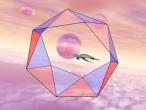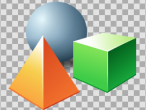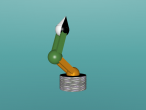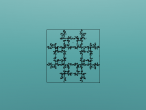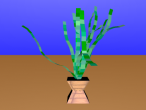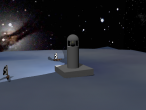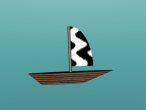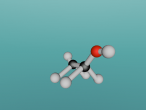Exploring Engineering Concepts in VRMath2: Ideas & Feedback
Hello VRMath2 Community,
I hope everyone is doing well. I’ve recently been exploring the VRMath 2.0 environment, and I’m really impressed with how it integrates mathematics, programming, and STEM learning.
Since engineering is one of my main interests, I wanted to start a discussion around how VRMath2 could be used more effectively for engineering education. Here are some ideas, observations, and questions I’d love to hear feedback from other students, educators, and developers.
Ideas & Suggestions for Engineering Use in VRMath2
-
3D Gear Modeling & Dynamics
-
VRMath2 already has examples of helical and spur gears.
-
It would be amazing if there were guided engineering challenges: e.g., design a gearbox, simulate meshing gears, calculate torque, and visualize forces.
-
-
Virtual Prototyping with Logo Programming
-
Use the Logo-based programming interface to let students prototype mechanical systems (levers, pulleys, linkages).
-
This helps visualize how changing parameters (length, angle, ratio) affects system behavior.
-
-
Engineering Design Projects
-
Add structured design challenges: design a sustainable bridge, a robotic arm, or a storage tank build it in VR, test structural integrity, simulate loads.
-
Learners could share designs, test each other’s models, and refine based on feedback.
-
-
Optimization & Iterative Testing
-
Provide tools for testing models: measure stress, simulate load, or run “what-if” scenarios.
-
Encourage iterative design: build → test → modify → retest, mimicking real-world engineering workflow.
-
-
Collaboration & Peer Reviews
-
Enable multiple users to join the same virtual workspace to co-design and debug models.
-
Peer-review system: students can post their creations, get feedback, and improve.
-
-
STEM Integration Through Interdisciplinary Projects
-
Combine math, engineering, and science: build molecular models or simulate real-world STEM problems using VRMath2.
-
Document results in blogs or forum posts to enhance learning.
-
-
Educational Resources & Tutorials
-
Step-by-step tutorials for engineering tasks: coding mechanical linkages, modeling structural frames, etc.
-
Use the Wiki and Blog sections as resource hubs for engineering-focused learning.
-
Questions for the Community / Developers
-
Has anyone used VRMath2 for an engineering project (gears, mechanisms, structures)?
-
What technical challenges did you face (performance, programming, UI)?
-
Could VRMath2 be used in high school or university engineering courses? Why or why not?
-
Would you contribute to creating “engineering challenge” templates for other learners?
-
What additional tools or features would make VRMath2 more robust for engineering education (physics simulation, stress analysis, multi-user editing)?
Thank you for reading I truly hope VRMath2 can become a powerful learning tool not just for math, but also for engineering and STEM. Looking forward to your thoughts and experiences!


